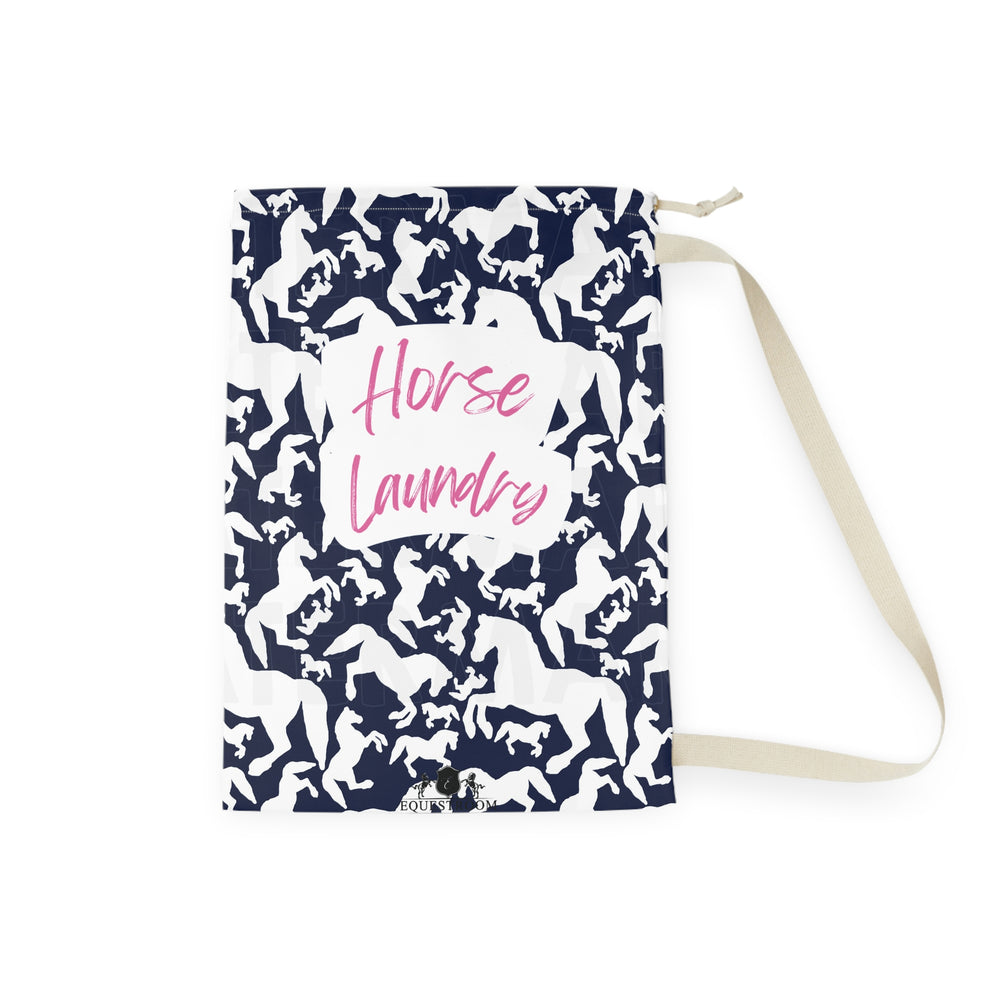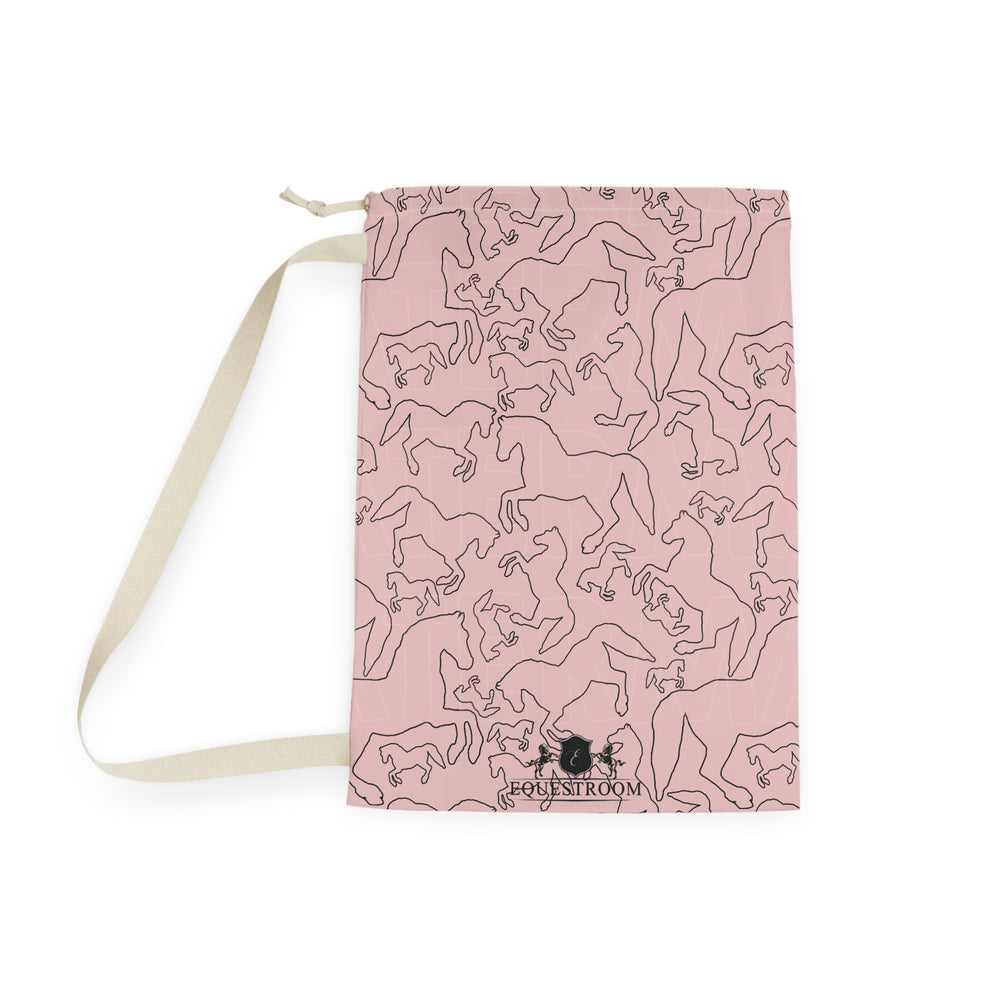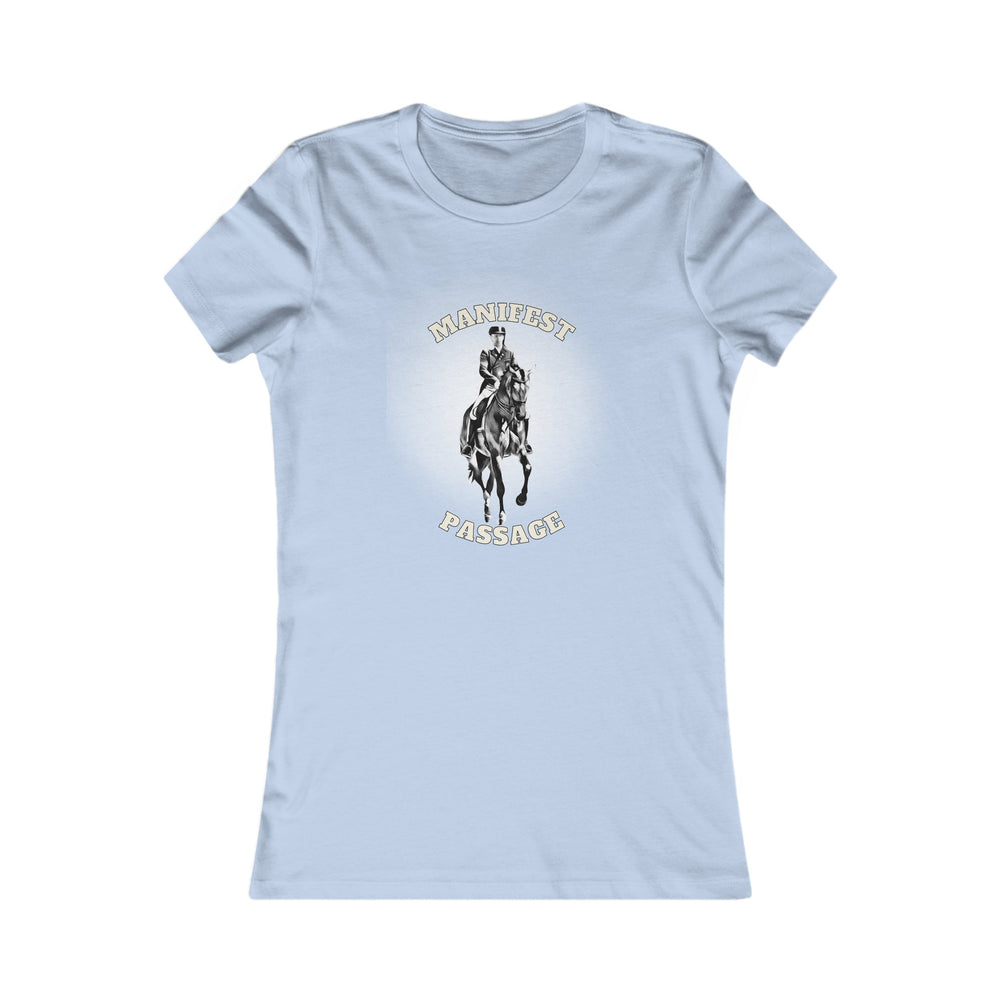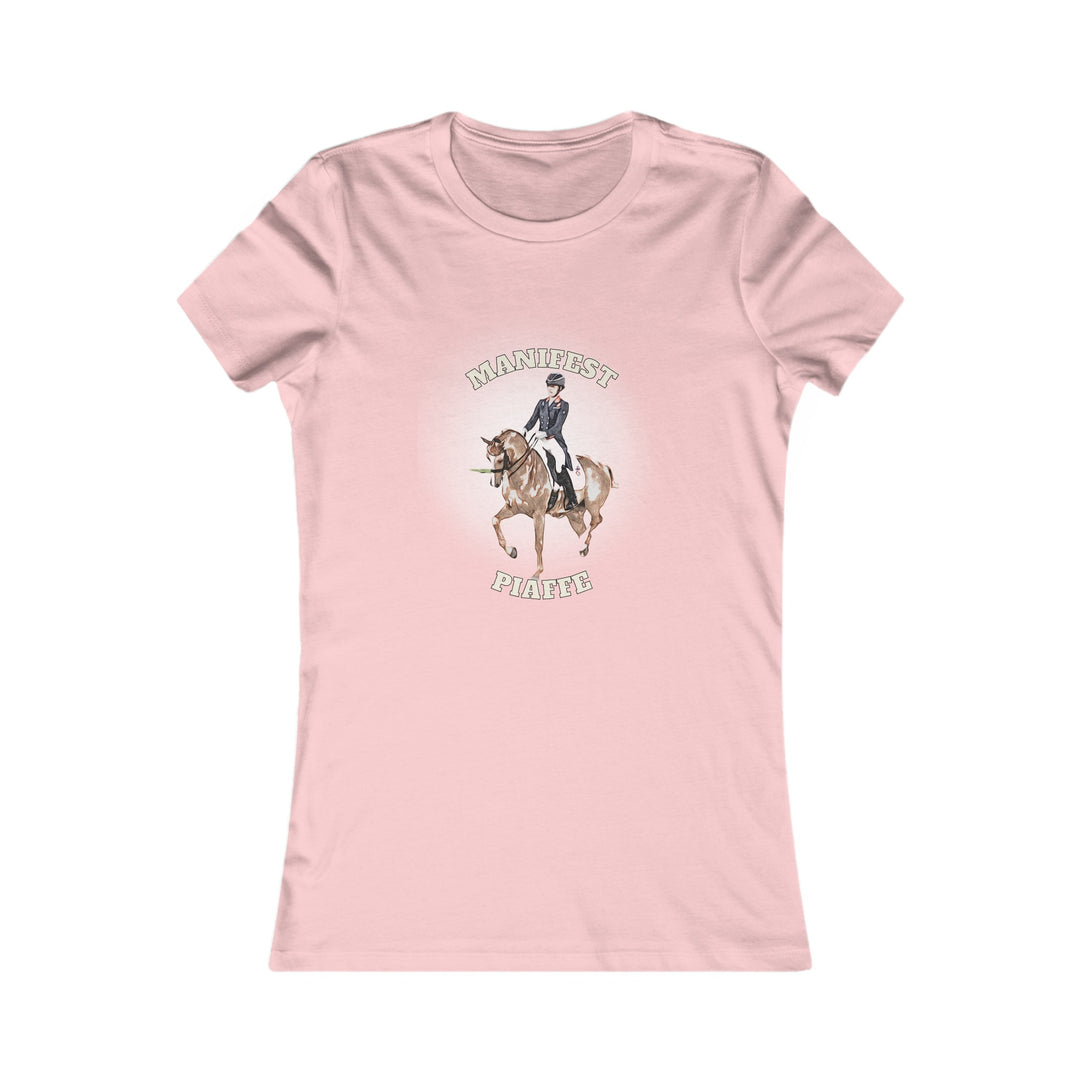RESTARTING TO TRAIN IN SPRING
5 TIPS TO HELP YOU GET BACK IN THE SADDLE AFTER WINTER

Spring has finally arrived, and as an equestrian, you're probably eager to get back into the saddle after a long, cold winter. But before you tack up and hit the arena after a bone-chilling harsh winter with your horse, it's important to take a few steps to make sure both you and your horse are ready to get back on track.
Here are five tips to help you get to where you left with your training after a long winter break:

1. Assess Your Horse's Fitness Level
During the winter months, your horse may have lost some of its fitness due to reduced exercise and a lack of turnout time. It might have gained or lost weight if the feeding schedule and exercise amount weren't balanced. Before starting any training, it's essential to assess your horse's current health and fitness level. Check with your veterinarian and see if there is anything you should be aware of before you restart heavy training sessions. Start with light exercise and gradually increase the intensity as your horse becomes fitter.

2. Check Your Equipment
Winter weather can be harsh on your equipment, so before you start riding again, check all your gear to make sure it's in good condition. Inspect your saddle, bridle, bits and other metals as well as your saddle pads and leg protection for any signs of damage or wear and tear.

3. Start Slowly
Even if your horse has been ridden regularly during the winter, it's important to start slowly when you first get back in the saddle. Begin with easy exercises and gradually increase the intensity and duration of your training sessions. This will help prevent injuries to both you and your horse.

4. Focus on Flexibility and Suppleness
After a long break, your horse may be stiff and unresponsive to your aids. Spend some time working on flexibility and suppleness exercises to help your horse regain its range of motion and responsiveness. The first few sessions of your spring rides can even be returning to basics to remember the elementary aids and building up flexibility. This will help your horse become more balanced and easier to ride.

5. Set Realistic Goals
As you start your spring training, set realistic goals for yourself and your horse. It's important to have a clear idea of what you want to accomplish. Do you want to be competing at the end of this spring or in the summer? Or do you just want to get your horse back to a healthy fitness level and have fun times together? Set a timeline for achieving those goals. However, be sure to keep your goals achievable and adjust them as needed based on your progress.

Remember that getting back into training after a harsh winter can be challenging, but you can take things slow and easy. With time and patience, you'll be back in top form and ready to hit the show ring in no time.














Leave a comment